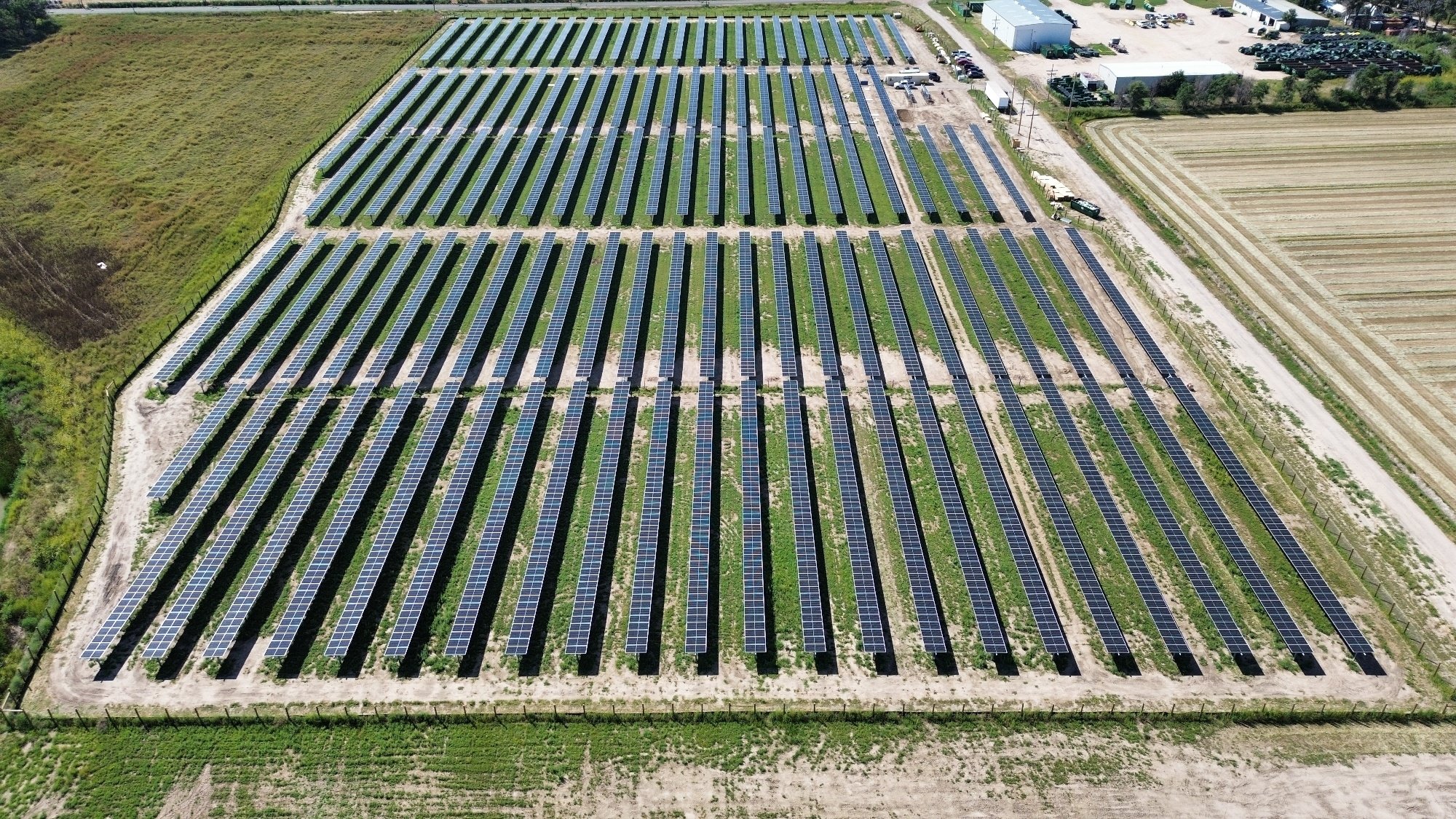The concept behind a utility consolidated bill is to simplify the subscriber experience in community solar. Before we can explore how utility consolidated billing can disrupt the industry, it is important to understand how community solar billing happens today. Here are the general functions of a subscriber management partner and how they relate to the value stack and risks in a community solar project.
The Subscriber Experience Is Inextricably Tied to Project Risks
The most obvious function of a community solar subscriber management company is managing and collecting invoices with subscribers. To investors, subscribers and their payments are essential to community solar. Poor management of these players can, at best, hurt revenue projections, and, at worst, disqualify a project from operating in a program altogether. This is why, even before a project is developed and financed, investors want to be certain that their project is full of reliable subscribers, there are mechanisms to collect revenue, and that managers will manage churn if subscribers exit contracts. Here is how that is done today:
Acquiring reliable subscribers, quickly
Subscriber acquisition ebbs and flows with a project development cycle, and the timing is absolutely key in meeting program or financing rules. Specialty marketing companies have created an entire sub industry to educate the public on community solar and the products/projects open. These companies may have retail energy experience, but local sales teams often execute a lot of direct sales.
The target audience of these acquisition companies is expanding as the definition of “reliable” subscriber matures, and the market for subscribers becomes saturated. While credit score is still considered the gold standard of a good subscriber, asset owners are beginning to open up to larger pools of the public. In any case, the key is to make an asset owner comfortable with the idea that a subscriber will pay their secondary community solar bill, highlighting the importance of function two – mechanisms to collect revenue.
Mechanisms to Collect Revenue
Once a subscriber is onboarded with a project, subscriber management companies have to collect the revenue for the project. It is a complex dance of accounting, marketing, and customer service.
Each month, a subscriber manager must ensure that the bills that they create are accurate and reconciled with the utility’s understanding of production and allocations. At first glance, this appears easy – get a spreadsheet from the utility, send a bill for those credits. Though what happens when the utility delays this report for weeks or months, or if is inaccurate? Does a subscriber get billed for two months at once? Three months? What happens if subscribers change their load mid-year (like if the entire country started working from home, for instance?) Managers must revise subscriptions to ensure subscribers are receiving credits that closely match their usage or risk banking credits or losing subscribers.
Throughout the project, a subscriber manager is constantly communicating, largely through emails, to subscribers as part of customer engagement. Campaigns to educate subscribers on the value of their participation, campaigns to refer friends, and campaigns to remember to pay bills are all key to ensuring that subscribers are happy and paying on time.
Churn Management
A project experiences churn when a subscriber stops paying on time, decides to cancel a contract, or no longer resides in an eligible territory. Depending on the program, industry trends tell us that natural churn rates are about 1-2% once a project is functional. Poorly managed projects with little subscriber engagement can be much higher, but when churn is in the low single digits, it can cause massive disruptions for project revenues. Subscriber management companies are constantly monitoring, preventing, and replacing churn.
Before managers can manage churn, they need to measure it and anticipate spikes before they happen. Managers must constantly measure metrics like payments and engagement to predict churn trends and act quickly to efficiently replace a subscriber when they leave. Program regulations around subscriber replacement and subscriber contract terms can limit how and when subscribers are added or removed from a project. It is a delicate balance that requires constant attention and proactive marketing, or churn can get out of control quickly.
Subscriber servicing is only half of the equation
While subscriber call centers and flashy marketing campaigns are the most visible aspects of community solar management, they do not paint the full picture of community solar management today. Utility management is key in ensuring project success and requires a nuanced understanding of program rules, a consistent relationship with utility counterparts, and a deep knowledge of project performance expectations.
Each month, the utility posts credits on subscriber’s utility bills according to their accounting of project production and current subscriber records. The values of such credits depend on the respective program rules and can be structured by tariff class, published program rates, or real time variables. The utility releases reports on these credits with varying degrees of transparency, ranging from a simple production figure and total credits assigned to a complex report on the real value each subscriber received on that month’s bills. It is up to a competent subscriber manager to interpret these reports and invoice accordingly. This reconciliation process requires that they understand the subtle components of how credits are calculated and how each variable can alter the charges for specific subscribers. Without policy and program insights, the reports are essentially meaningless.
Further, the utility may occasionally provide reports that are notably different from project expectations. They could post credits late, calculate them improperly, assign credits based on outdated subscriber rolls, or take months between providing reports. Inaccurate crediting from utilities damage the customer experience and can cost project profitability. Managers must have a working knowledge of project performance with software that highlights any significant deviations from expectations. They must also have a strong working relationship with the utility; in times of crisis, managers must have consistent contacts to call and resolve disputes quickly before it impedes bill collection.
Is a utility consolidated bill the answer?
Today’s community solar management operation is a hands-on, manual process. It requires subscriber acquisition companies with no historical ties to a utility customer to ramp up and down quickly. Management companies must then continually perform accounting and customer service functions for a subscriber to receive and pay two bills. Finally, subscriber management companies need to constantly be on the lookout for new subscribers so that projects do not fall out of compliance.
It is easy to see how a utility could manage these functions smoothly – they already have a captive customer base, customers could receive credits and pay for subscriptions on the familiar bill already mailed to their homes, and few utility customers are likely to cancel their contract with a utility to create churn. In our next blog in this series, we will investigate the new challenges that may arise from a utility consolidated bill arrangement. While the solution could certainly solve some of these problems, will it eliminate all of the functions of a third-party manager, or will is simply shift risk and responsibilities?



